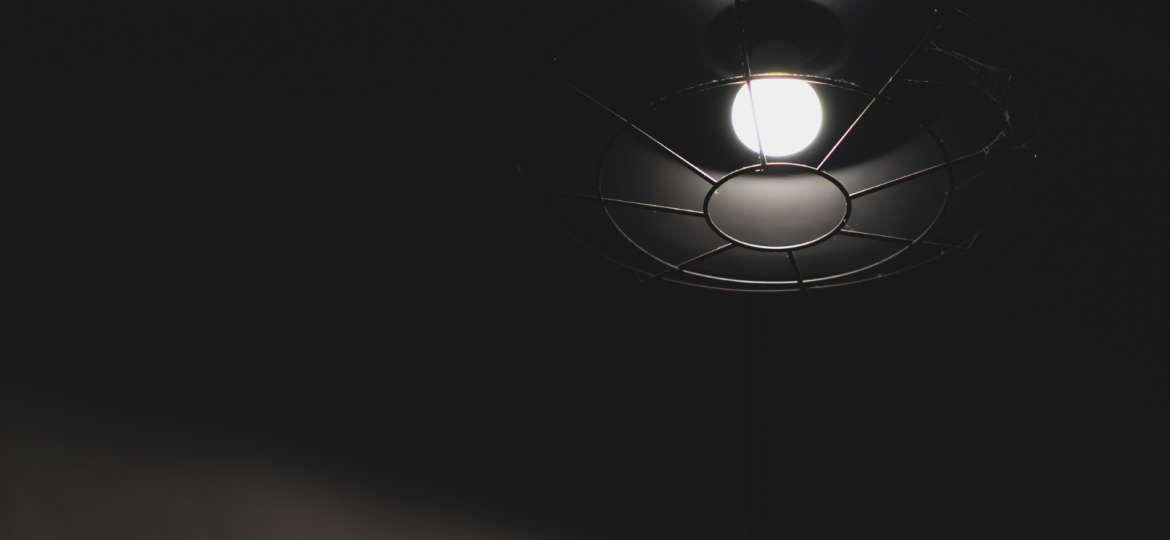
Low-light imaging is a major challenge for many applications, ranging from surveillance and night-time photography to underwater and space exploration. Capturing sharp and usable images in these environments requires advanced technologies to compensate for the lack of light while minimizing noise and maintaining high resolution. Thanks to advancements in sensors, image processing, and artificial intelligence, it is now possible to overcome these difficulties and unlock new opportunities for sectors that require high-performance imaging in low-light conditions.
understanding the challenges of low-light imaging
When ambient light is insufficient, the main issue encountered by image sensors is the lack of photons. The less light is available, the more the sensor must compensate by amplifying the signal, which increases digital noise. This phenomenon results in a degradation of image quality, with the appearance of grain, artifacts, or a loss of detail.
Another major challenge is thermal noise, which becomes more pronounced when exposure is prolonged to capture more light. This problem is particularly visible in astrophotography or night-time surveillance cameras, where sensitive sensors have to operate for long periods in low-light conditions. Thermal noise can alter the image by overlaying parasitic signals onto the captured image, making data interpretation difficult.
Autofocus also becomes problematic in low light. In the absence of sufficient contrast, autofocus systems struggle to identify reference points to properly adjust image sharpness. This leads to a risk of blur, especially when the subject is moving or the scene is very dark.
Finally, using long exposures to compensate for the lack of light creates another issue: motion blur. If the camera is not perfectly stabilized or if the subject moves, the resulting image will be blurred. This phenomenon complicates the capture of dynamic images in low-light conditions, such as night-time sports photography or real-time medical imaging.
technological solutions to improve low-light imaging
To address these challenges, several technologies have been developed, each offering unique advantages depending on the application context. One of the main areas of improvement concerns image sensors, which have seen significant advancements in recent years.
Large-pixel sensors, such as those used in professional cameras and DSLR devices, capture more light and improve low-light sensitivity. A CMOS or CCD sensor with larger pixels maximizes photon capture, reducing the need for amplification and, therefore, digital noise. Backside-illuminated (BSI) sensors are another important advancement. By moving the electronic circuits behind the sensor’s light-sensitive surface, these sensors enhance light collection efficiency and improve low-light performance.
Other technologies, such as Electron Multiplying CCD (EMCCD) and Single Photon Avalanche Diode (SPAD) sensors, offer advanced solutions for extremely low-light environements. EMCCD sensors amplify the signal before digital conversion, minimizing readout noise. They are commonly used in scientific and medical applications requiring ultra-sensitive imaging. SPAD sensors, on the other hand, can detect individual photons, making imaging possible even in near-dark conditions.
Near-infrared (NIR) and thermal imaging provide another interesting approach to overcome the limitations of visible light. By utilizing wavelengths invisible to the human eye, these technologies capture detailed images in dark environments. For example, thermal imaging detects heat emitted by objects, allowing visualization even in the complete absence of ambient light.
artificial intelligence and image processing to improve quality in low light
Advances in digital processing have significantly improved the quality of images captured in low-light conditions. Artificial intelligence plays a crucial role by reconstructing images from very weak signals, reducing noise while preserving maximum detail.
Of of the main tools used is noise reduction through advanced algorithms. Deep-learning techniques applied to imaging analyze and reconstruct images by removing artifacts and enhancing clarity. These algorithms rely on extensive databases containing thousands of reference images to learn how to distinguish noise from actual image details.
Another promising area is AI-powered light amplification. Neural networks can generate an optimized version of an image captured in low light by artificially reinjecting details and colours, producing impressive results even in extremely low-light conditions. This approach is already used in some smartphones, such as Google Night Sight and Apple Night Mode, which use advanced algorithms to improve night-time image capture.
the importance of optics and lighting in low-light imaging
Optimizing optical systems is a key factor in improving performance in low-light conditions. The use of large-aperture lenses is essential to maximize light intake. The wider the aperture (expressed by values like f/1.2, f/1.4, or f/2.0), the mor elight the lens captures, reducing the need to increase ISO sensitivity and thus digital noise.
Optical and electronic stabilization also play a fundamental role. By compensating for involuntary camera movements, these systems enable longer exposure times without causing blur, making it possible to capture sharp images in dark environments.
In some cases, adding active lighting is an effective solution for improving low-light imaging. Using light sources such as infrared LEDs can illuminate a scene without disturbing the environment, which is particularly useful in surveillance, industrial vision, and night-time imaging.
low-light imaging applications
Improvements of low-light imaging technologies benefit many sectors. In security and surveillance, night vision cameras enable intrusion detection and facial recognition in low-light conditions, enhancing the protection of sensitive sites.
In underwater exploration, ultra-sensitive cameras and specialized LED lighting facilitate the study of deep-sea environments, where natural light is almost non-existent.
In the medical field, low-light imaging is used for endoscopy and other advanced imaging techniques, where it is crucial to limit the intensity of lighting in order to preserve biological tissue.
Finally, photography and video in extreme conditions directly benefit from these innovations, enabling the capture of high-quality images even in the darkest environments.
Conclusion
Low-light imaging presents numerous challenges, but technological advancements now allow for the capture of increasingly sharp and detailed images. Thanks to improvements in sensors, artificial intelligence, and optical innovations, it is now possible to push the boundaries of photography and imaging in darkness. The future looks bright for this technology, with ever more powerful and diverse applications, from surveillance and space exploration to medicine and industry.
